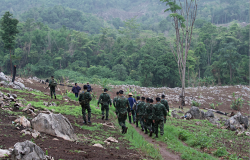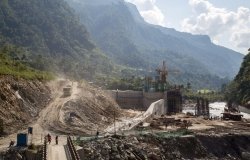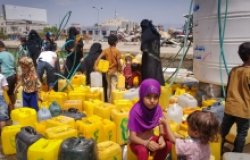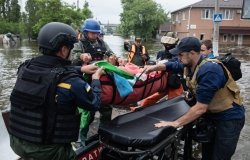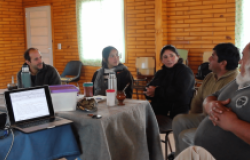Environment, Population Key to Security, Say Experts
APRIL 2006--Addressing Environmental Degradation and Population Dynamics May Lower the Risk of Conflict, Some Tell Environmental Change & Security Program Report
Maoists threaten to blow up dams in Nepal. Drought drives conflict in Darfur. Students protest in Paris. Some violent conflicts on today's front pages have deep roots in environmental degradation and rapid population growth. But these roots are often overlooked in favor of more visible explanations—a deadly oversight that threatens our understanding of violence, and with it, our security.
Bringing together authors from Nepal to Norway, from the university to the military, the 11th edition of the Environmental Change and Security Program Report explores how powerful underlying forces may engender war—or lay a foundation for peace.
According to some experts in the Report, protecting natural resources and stabilizing population growth must be part of these conflicts' long-term solutions. Others say the evidence does not support this strategy. But all agree that more research will lead to a more nuanced understanding of the links connecting environment, population, and security.
For more information on ECSP, contact Meaghan Parker at (202)691-4182 or at Meaghan.Parker@wilsoncenter.org.
Documents & Downloads
Related Programs

Environmental Change and Security Program
The Environmental Change and Security Program (ECSP) explores the connections between environmental change, health, and population dynamics and their links to conflict, human insecurity, and foreign policy. Read more

Maternal Health Initiative
Life and health are the most basic human rights, yet disparities between and within countries continue to grow. No single solution or institution can address the variety of health concerns the world faces. By leveraging, building on, and coordinating the Wilson Center’s strong regional and cross-cutting programming, the Maternal Health Initiative (MHI) promotes dialogue and understanding among practitioners, scholars, community leaders, and policymakers. Read more
